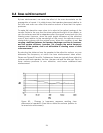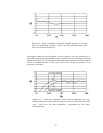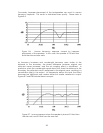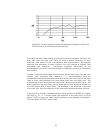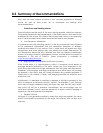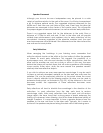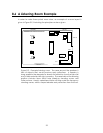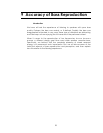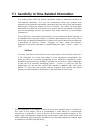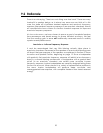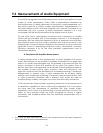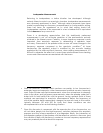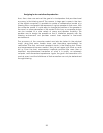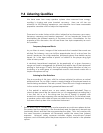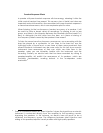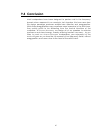
34
9.1 Sensitivity to Time-Related Information
It is widely known that the human ear/brain system is extremely sensitive to
time-related distortions. This can be understood when one realizes that
directional and spatial information is provided by inter-aural time (and phase)
differences. During the period of man's evolution, the ability to accurately
determine the direction and distance of sound sources conferred a decided
survival advantage, hence our present day aural sensitivity to time-related
information.
This sensitivity to time-related information can be observed when listening to
audiophiles discussing the quality of a system's bass reproduction. Many of the
terms refer to temporal properties. A system with poor transient bass response
is described as "boomy", "heavy", "sluggish", or "slow". When the transient
response is accurate, the bass is characterized as "tight", "clean", "quick", or
"fast".
"Fast Bass"
The term "fast bass" would seem to be an oxymoron on the surface. After all, it
is the "slowness" of a note that makes it a low frequency. Nonetheless, the
term provides an accurate description of our subjective impression. Many
people have erroneously ascribed "fast bass" to the use of a light diaphragm
or the use of a powerful energizing system.
1
In fact, it is not how fast the
diaphragm can be set into motion that imparts a speaker with "fast" bass.
Rather, it is how fast that motion can be stopped, how quickly the stored
energy can be dissipated, that results in the sensation of "fast" bass.
1
The acceleration of an object is equal to the force exerted upon it, divided by
the mass of the object. Since a loudspeaker is used above its fundamental
resonance, it operates in what is known as the mass-controlled region. In this
region, high acceleration (large driving force and/or small driven mass) does not
imply extended high frequency response or fast transient response. Instead, high
acceleration confers high efficiency.



